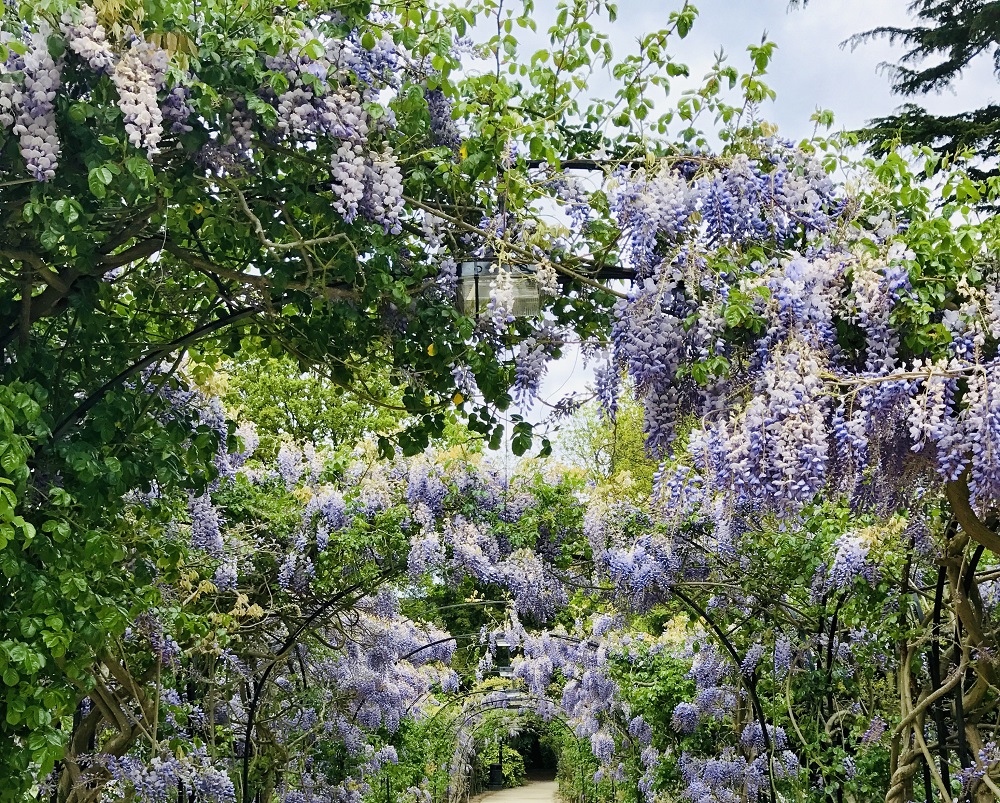It,s common for parents to baby-proof the interiors of their homes. All sockets are sealed off, edges are covered in soft cushions, and stairs are off-limits to little legs. However, some parents might overlook other potentially dangerous parts of the home, like the garden.
No matter how carefully tended the plots are, there might still be hidden hazards that put your kids at risk. So here are a few ways to childproof your garden.
Designate a Certain Area
By giving you kids a special children’s zone in the garden, they are encouraged to stay away from the grown-up side. Not only will this keep messes contained, but it also keeps the children away from potential dangers. Plus, they will love the freedom and independence they get in their little place.
To make their zone more enjoyable, build a simple playground. Install a sandpit, swings, or a mini teepee tent. You can even give them their own little plants to take care of. If you envision a conservatory or garden room, make sure the garden room design has a corner marked for the kids.
Add Safety Features to Hardscapes
The patios and wooden decks are largely built for the adults, so they contain falling and tripping hazards. Consider adding anti-slip features to reduce the chances of accidents. Make sure there are railings, so the kids can safely go up and down the stairs.
Consider balustrades too, if your garden decks are elevated by a few feet from the ground. Install baby gates on the stairs, and check if the safety locks on the gates and fences work.

Avoid Planting Dangerous Plants
Some toxic garden plants are so beautiful that children will not think they’re dangerous. These include:
- Lily of the Valley These can be fatal if ingested.
- Hydrangea The buds, flowers, and leaves contain toxic compounds.
- Foxglove – If ingested, it can result in sever poisoning.
- Oleander This contains several toxins that can be lethal.
You might want to go easy on the prickly plants, as well, like roses, bougainvillea, and succulents.
Although it’s tempting to fill your garden with these beauties, it’s best to grow them when your children are a few years older. That way, you can be sure that they can exercise restraint when dealing with plants.
While your kids are still young, fill your garden with edible plants or those that produce fruits and vegetables. Not only are they safer for kids, but they also teach kids to appreciate the fruits of gardening.
Cordon off the Water Features
Waterscapes, such as ponds and artificial waterfalls are a lovely addition to your garden, and your children will surely enjoy the relaxing atmosphere they create. However, these water features, no matter how shallow, still pose a hazard to toddlers.
Use fences, metal mesh, or sculptural pond covers to prevent kids from accessing the pool without an adult present.
Although beautiful, your garden is filled with potential hazards that endanger your children. So even if you have grand plans for your outdoor space, save them for when your children are a little older. For now, prioritize installing child safety features like locks and fences, planting child-friendly plants, and giving them their own little area in your garden.


